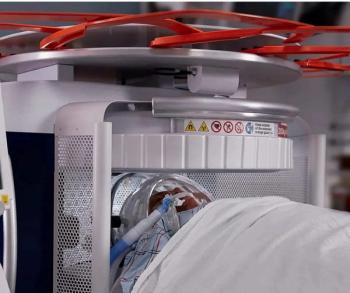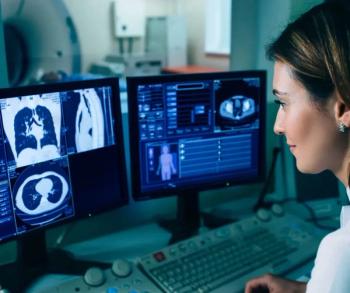
Prebiopsy 3-T Multiparametric MRI Misses Some Prostate Cancers
Missed cancers include some that are clinically significant.
Prebiopsy 3-T multiparametric MRI with cancer-negative findings missed approximately 12.6 percent of cases of prostate cancer (PCa), according to a study published in the
Researchers from South Korea sought to determine the rates and characteristics of missed cancers at prebiopsy multiparametric MRI with cancer-negative findings according to the Prostate Imaging Reporting and Data System (PI-RADS) version 2 in men with suspected prostate cancer.
A total of 584 men with suspected PCa who underwent prebiopsy 3-T multipara-metric MRI followed by subsequent biopsies participated in the study; 392 were biopsy naïve and 192 had undergone repeated biopsy. Cancer-positive findings were confirmed at systemic biopsies and cognitive MRI-targeted biopsies; cancer-negative findings were confirmed at systemic biopsies performed during subsequent follow-up. Missing and detection rates of all PCa and clinically significant cancer according to five biopsy-based definitions were determined. The likelihood of PCa at multiparametric MRI was evaluated according to PI-RADS version 2, and the results were compared.
The result showed pathologically confirmed cancers in 25 percent of patients overall. Cancer-positive MRI findings were seen in 99 men (17 percent) and, of these, 85.9 percent had PCa. Of 485 men with cancer-negative MRI findings, a total of 61 (12.6 percent) had PCa, including 46 men in the biopsy-naive group and 15 men in the repeated-biopsy group. For clinically significant cancers, the rate of missed cancers at MRI was 0.1 to 6 percent, and the detection rate was 21.2 to 83.5 percent. For detecting PCa, multiparametric MRI had 96.8 percent specificity, 87.2 percent accuracy, and 87.4 percent negative predictive value.
The researchers concluded that prebiopsy 3-T multiparametric MRI with cancer-negative findings missed approximately 12.6 percent of cases of PCa.
Newsletter
Stay at the forefront of radiology with the Diagnostic Imaging newsletter, delivering the latest news, clinical insights, and imaging advancements for today’s radiologists.


























